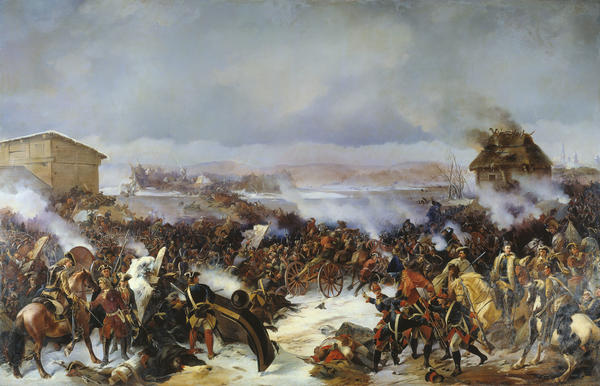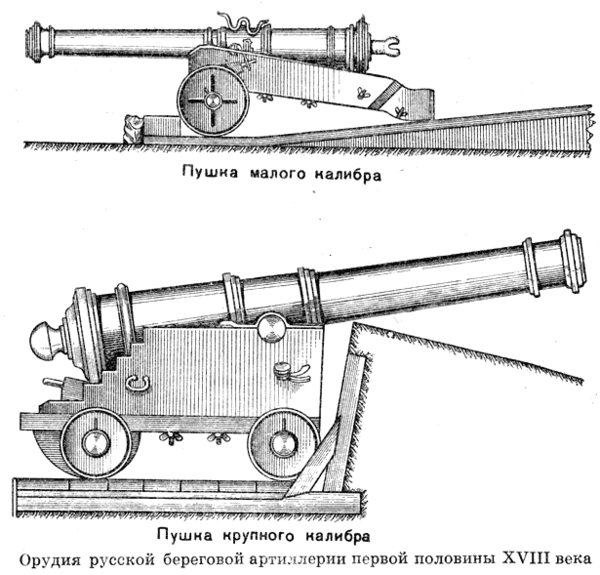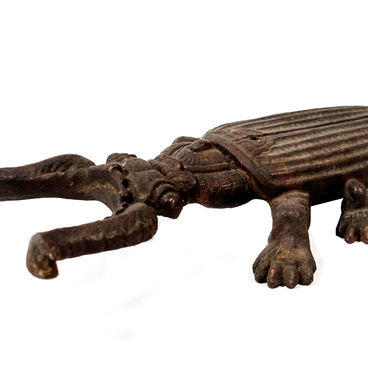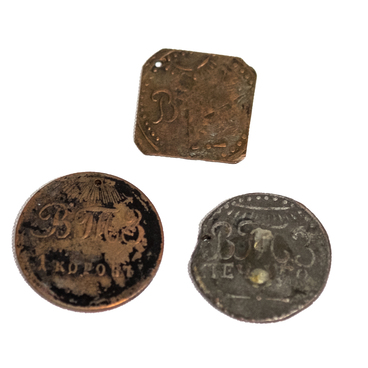This cast-iron cannon from the collection of the Nevyansk State Historical and Architectural Museum was made at the Nevyansk iron plant in the early 18th century. At that time, Russia was fighting the Great Northern War with Sweden for access to the Baltic Sea. The Russian army needed firearms, in particular cannons. This need was prompted by the big battle near the city of Narva, which saw the Russian troops defeated and lose almost all artillery.
Cannon
Creation period
Early 18th century
Dimensions
Length: 102 cm; caliber: 8 cm
Technique
Casting, drilling
Collection
7
Open in app#1
Cannon
#3
#4
A. E. Kotzebue. The Battle of Narva. 1846. Oil on canvas. 230 cm × 356 cm. Central Military Historical Museum of Artillery, Engineers and Signal Corps. Saint Petersburg. Russia.
#5
That failure resulted in a push to Europeanize the Russian army’s organization. To recreate its artillery, the Russian state planned to turn the Nevyansk plant into an arms plant so that it could “fill the Moscow state with all kinds of iron and cast-iron supplies.”
#7
As early as 1702, the Nevyansk plant received the first order: “to cast 200 cannons with an 18-pound cannonball and 200 cannons with a 12-pound cannonball.” Blueprints of guns and samples of guns were sent to the factory. The casting of military supplies took place at the casthouse of the Nevyansk plant using the blast furnace. The casters let the metal cool in the mold, removed irregularities, and then the cannons were drilled and sharpened. The casters' work required special skill. For example, according to the records, in the era of the first Demidovs, the Nevyansk plant hired an experienced cannon maker Stepan Batashev who “can cast all kinds of cannons according to drawings and knows the size of the cannon.”
#6
Drawing from I. M. Shakinko’s book. Nevyansk Tower, Sverdlovsk: Sredne-Uralskaya Publishing House, 1989, p. 46
#10
In the 18th century, the caliber of a cannon was determined by the weight of the cannonball. Field cannons had a 12-pound caliber based on the cast-iron cannonball. In addition to cannons, in the 18th century, the Nevyansk plant produced mortars. Unlike cannons, their barrel was shorter and was designed for a more powerful projectile that destroyed enemy fortifications at a shorter range. The Nevyansk plant also produced explosive shells: hand grenades and bombs. This ammunition struck the enemy’s manpower, bursting mid-air into many fragments and scattering over 10 to 15 steps.
#8
#9
The Nevyansk plant supplied a huge number of various artillery shells. In 1707, the Demidov caravan brought to Moscow 26 cannons, 4 mortars, 3,350 cannonballs, 7,400 bombs, and much more.
#11
State Autonomous Cultural Institution of the Sverdlovsk Region "Nevyansk State Historical and Architectural Museum"
read morehide
00:00
00:00
1x
Cannon
Creation period
Early 18th century
Dimensions
Length: 102 cm; caliber: 8 cm
Technique
Casting, drilling
Collection
7
Open in app
Share




